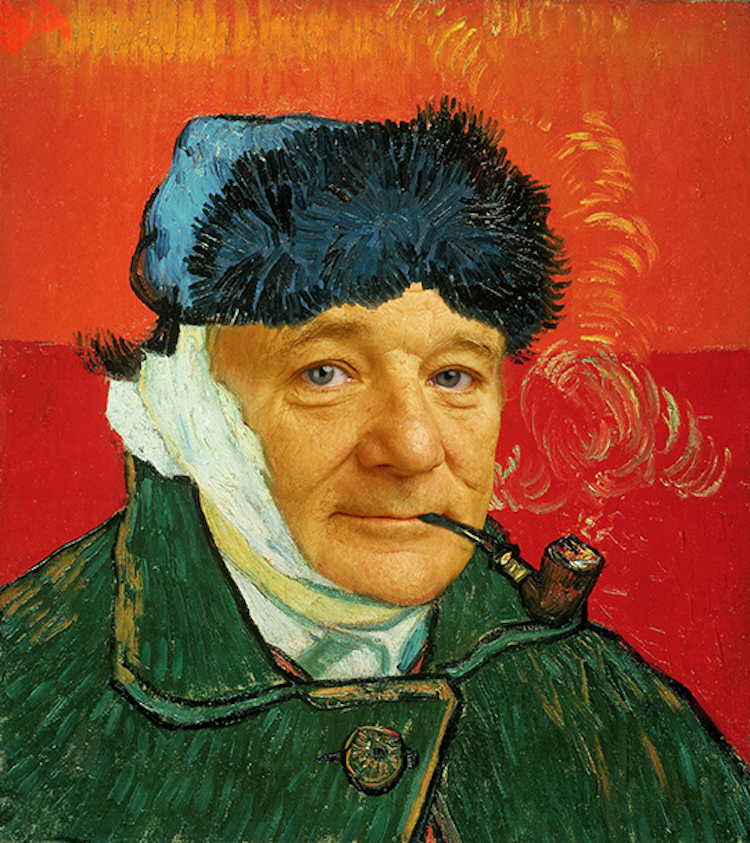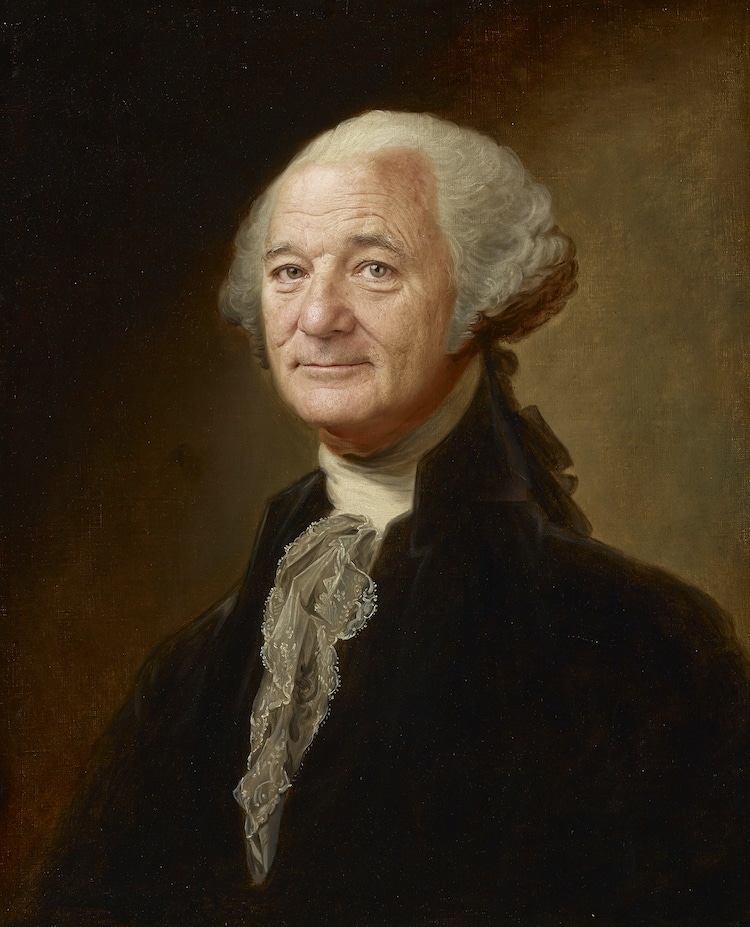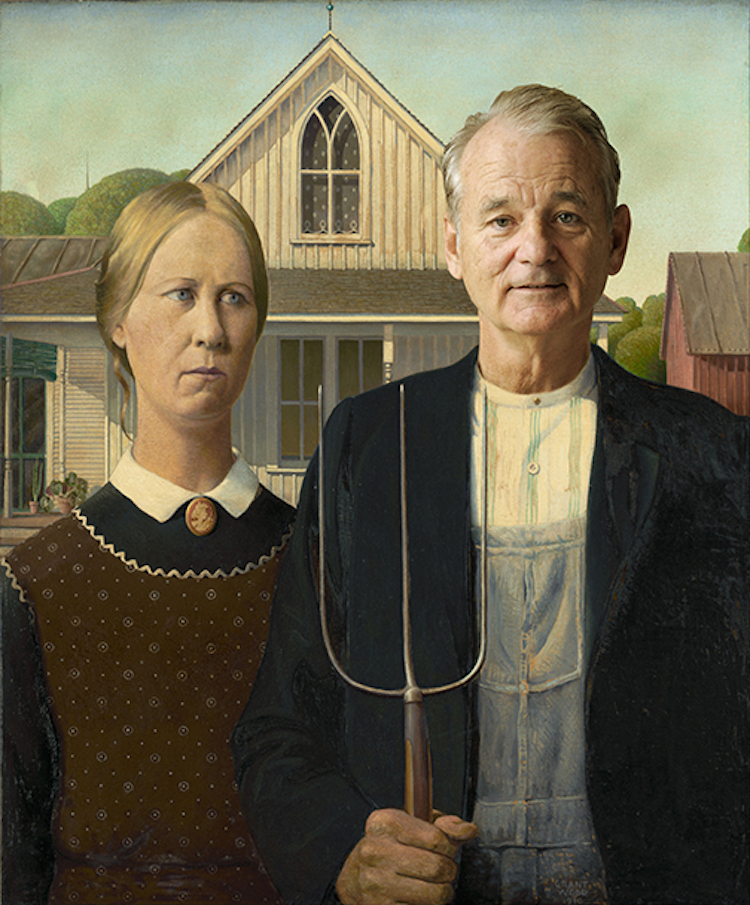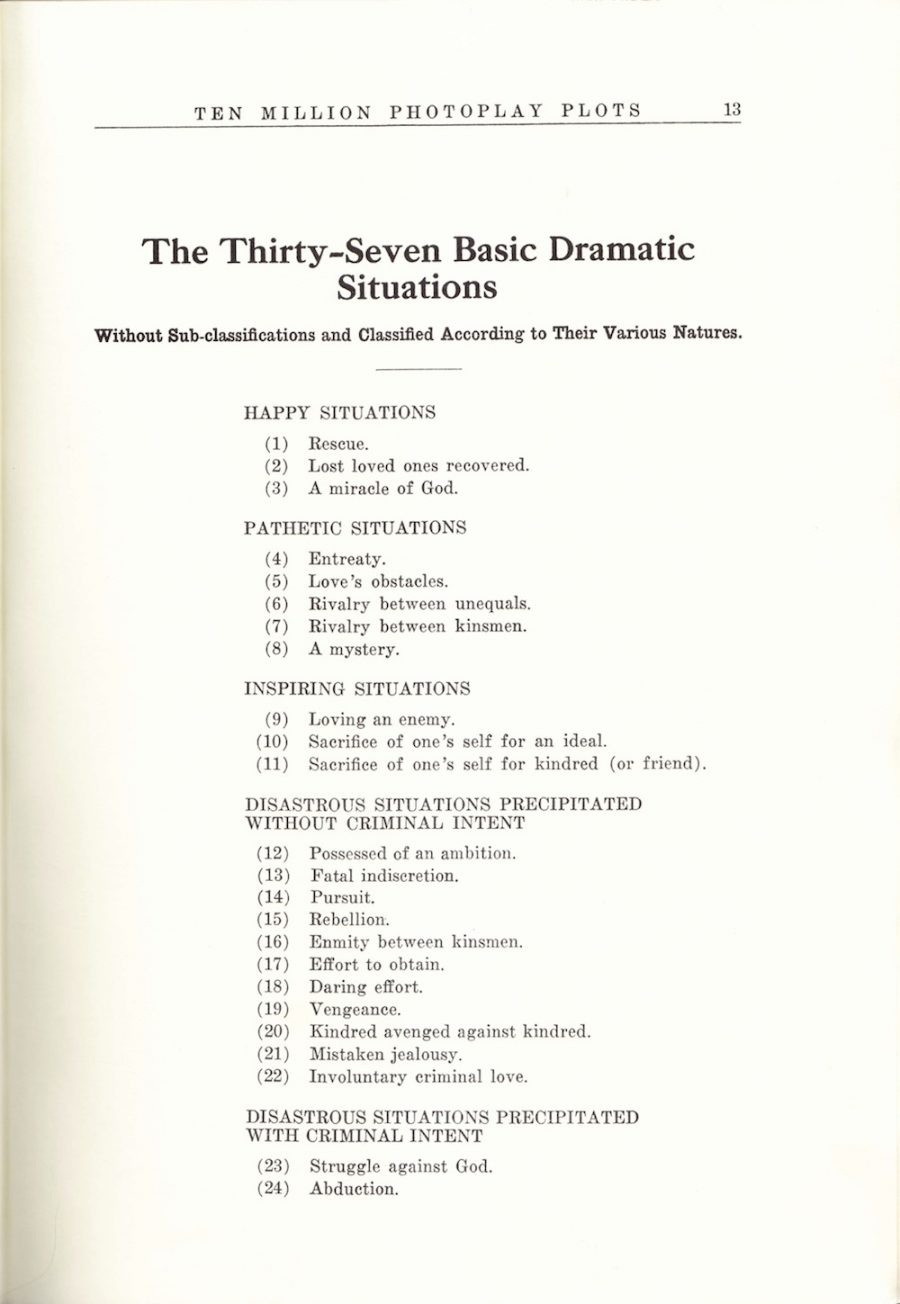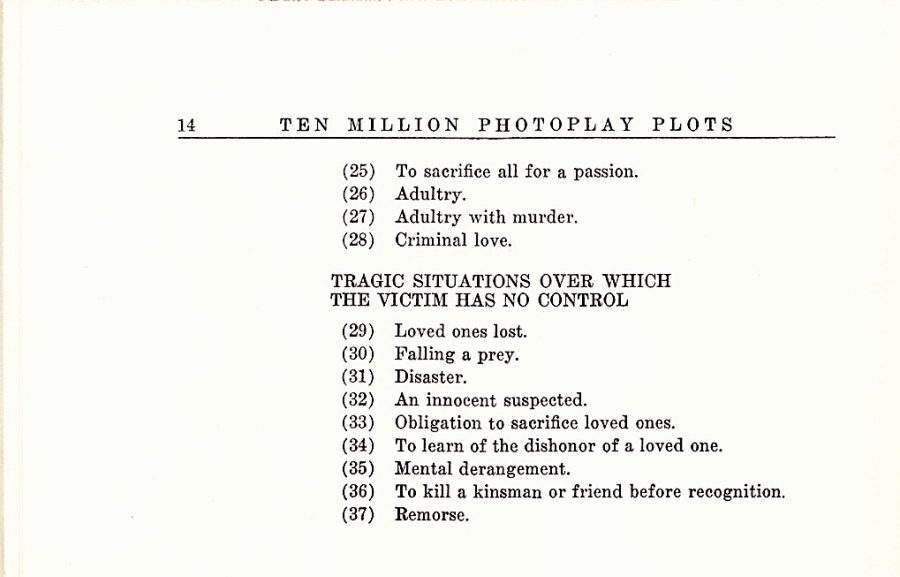Ask an American film student to name the masterpieces of Russian cinema, and you will get a selection of Tarkovsky (Solaris, Stalker, The Mirror) and a soupcon of Eisenstein. And no doubt those are true, reverential classics. But what do Russians consider their best-loved films? That’s a completely different matter.
This list from the Russian Film Hub presents 20 films rated by Kinopoisk, the country’s version of imdb.com–movies that hold a special place in their hearts, ones that have affected the culture, the ones that people can quote by heart. There’s not one Tarkovsky here at all.
Better yet, all these films are available to watch on the Russian Film Hub site, and with English subtitles. (Most are YouTube embeds from the MosFilm channel, but not all).
1. Ivan Vasilyevich Changes His Profession
2. Operation Y and Shurik’s Other Adventures
3. The Diamond Arm
4. Only Old Men Are Going to Battle
5. Gentlemen of Fortune
6. The Dawns Here Are Quiet
7. Kidnapping, Caucasian Style
8. The Adventures of Sherlock Holmes and Dr. Watson
9. Heart of a Dog
10. Moscow Does Not Believe in Tears
11. The Cranes Are Flying
12. Officers
13. White Bim Black Ear
14. Fate of a Man
15. Office Romance
16. They Fought for Their Country
17. Brother
18. Ballad of a Soldier
19. The Girls
20. Welcome, or No Trespassing
Now, there are a few films on the list that art house fans will recognize. The Cranes Are Flying won the Palme d’Or at Cannes in 1958, one of the highest accolades a Russian film had received in the post-war period. Mikhail Kalatozov’s film is set before and after World War II, and lead actress Tatyana Samoylova’s Veronika is as iconic a role as Ingrid Bergman in Casablanca, guarantee to make an audience weep at the end. (The film is available to screen to American viewers, as you can watch in on Criterion Channel and HBO Max.)
Similarly Grigory Chukhrai’s Ballad of a Soldier is a well-loved war drama, directed by a man who had fought in World War II himself. Despite a series of problems during production, it has gone on to be internationally recognized. (It too is only available to American viewers through Criterion.)
However, the rest of these titles will be new to a vast majority of non-Russians. The top three on the list and number seven are by Leonid Gaidai, Russia’s best known comedy director, similar to a Blake Edwards or a Harold Ramis. Gaidai’s plots usually center around conmen and mistaken identity, and the number one film in the list–Ivan Vasilyevich Changes His Profession, from 1973, is a time travel caper where an apartment manager and a bungling burglar are transported back to the 16th century, while Tsar Ivan the Terrible is brought into 1973. It gets compared to Monty Python, Napoleon Dynamite, and Hanna-Barbera cartoons on Letterboxd, and while the word play might not make it through the translation, it is considered hilarious regardless. (All four of Gaidai’s films were huge box office hits.)
Also of note is Welcome, or No Trespassing, a wacky kids’ camp comedy (think Wes Anderson’s Moonlight Kingdom) in which the young’uns get one over on their adult captors. Director Elem Klimov would go on, 20 yeas later, to direct Come and See, one of the most harrowing and brutal anti-war films out there.
Not every film is from the height of the Cold War, either. Brother, from 1997, is a gangster film set in the mean streets of St. Petersburg, and is considered one of the most popular post-Soviet Russian films.
And finally, the list has room for an adaptation of Sherlock Holmes that, according to reviewers on Letterboxd, rivals that of Jeremy Brett and Basil Rathbone.
Related Content:
The Film Posters of the Russian Avant-Garde
The Simpsons Reimagined as a Russian Art Film
Ted Mills is a freelance writer on the arts who currently hosts the Notes from the Shed podcast and is the producer of KCRW’s Curious Coast. You can also follow him on Twitter at @tedmills, and/or watch his films here.
